Optimal Timing for Foundation Repairs
Foundation repairs are most effectively performed during specific times of the year when weather conditions are favorable. Proper timing can help ensure the durability of repairs and minimize potential complications caused by environmental factors.
Spring offers moderate temperatures and increased daylight, facilitating effective foundation repair work. However, early spring can sometimes bring rain, which may delay certain projects.
Summer provides warm, dry conditions ideal for foundation work. Extended daylight hours allow for longer work periods, but extreme heat can pose challenges for workers.
Fall is suitable due to cooler temperatures and less precipitation, making it a good time for foundation repairs before winter sets in.
Winter is generally less ideal due to cold temperatures and potential freezing conditions, which can hinder certain repair techniques and delay curing processes.

Ways to make Foundation Repairs work in tight or awkward layouts.
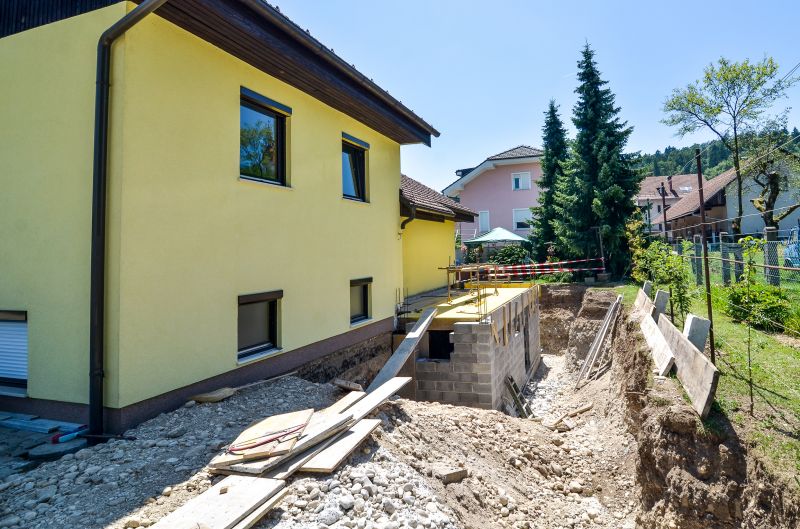
Popular materials for Foundation Repairs and why they hold up over time.

Simple add-ons that improve Foundation Repairs without blowing the budget.
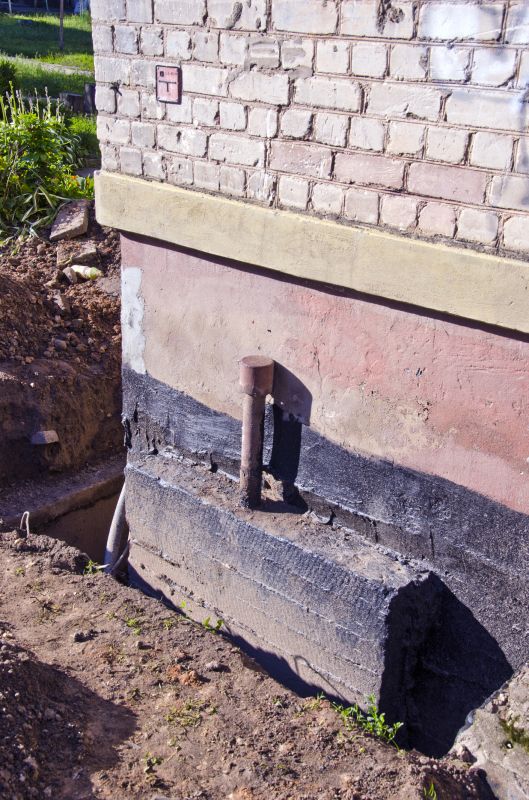
High-end options that actually feel worth it for Foundation Repairs.
Foundation repairs are essential for maintaining structural integrity and preventing further damage to a property. Addressing issues promptly can reduce long-term costs and improve safety. Factors such as soil conditions, weather, and construction schedules influence the optimal timing for repairs. Seasonal considerations help determine the best window for effective and durable foundation work.
Soil moisture levels significantly impact foundation stability. Repairs are best performed when soil is neither excessively wet nor dry to ensure proper settling and stabilization.
Rain, snow, and temperature fluctuations can affect repair processes. Dry, moderate weather conditions are preferable for most foundation work.
Planning repairs during periods of low construction activity can reduce delays and ensure timely completion.
Timing repairs carefully can enhance the longevity of the work performed, preventing recurring issues and costly future repairs.
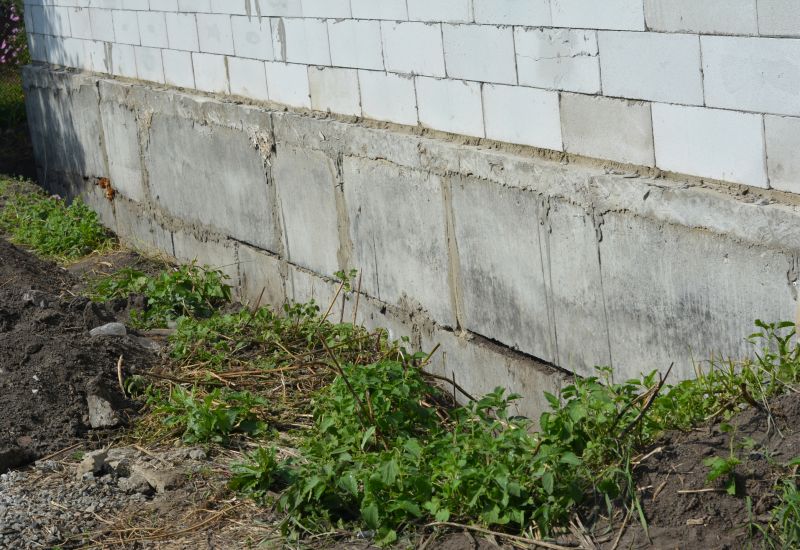
Finishes and colors that play nicely with Foundation Repairs.

Little measurements that prevent headaches on Foundation Repairs day.

A 60-second routine that keeps Foundation Repairs looking new.

A frequent mistake in Foundation Repairs and how to dodge it.
Proper timing of foundation repairs can significantly impact their effectiveness and durability. Consulting with foundation specialists can help determine the most suitable period based on local climate and soil conditions. Timely intervention prevents minor issues from escalating into major structural problems, saving property owners money and stress.
Additional Foundation Repair Insights

Small tweaks to make Foundation Repairs safer and easier to use.

Lower-waste or water-saving choices for Foundation Repairs.
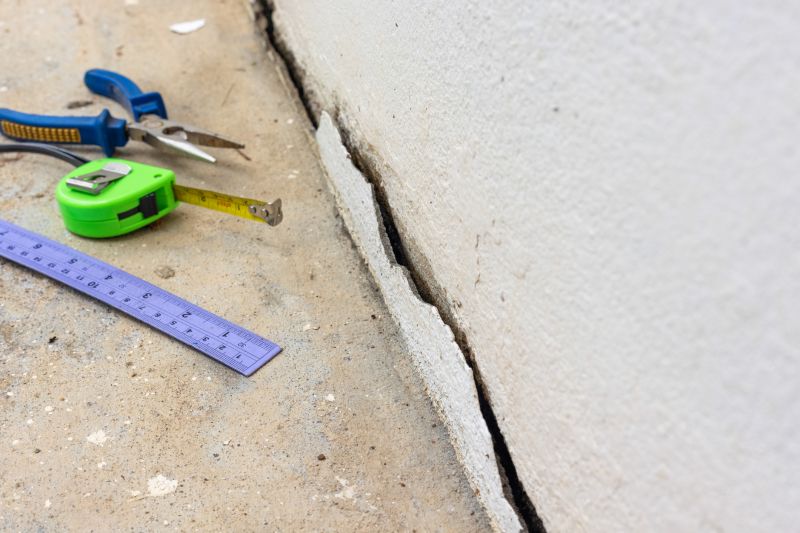
The short, realistic tool list for quality Foundation Repairs.
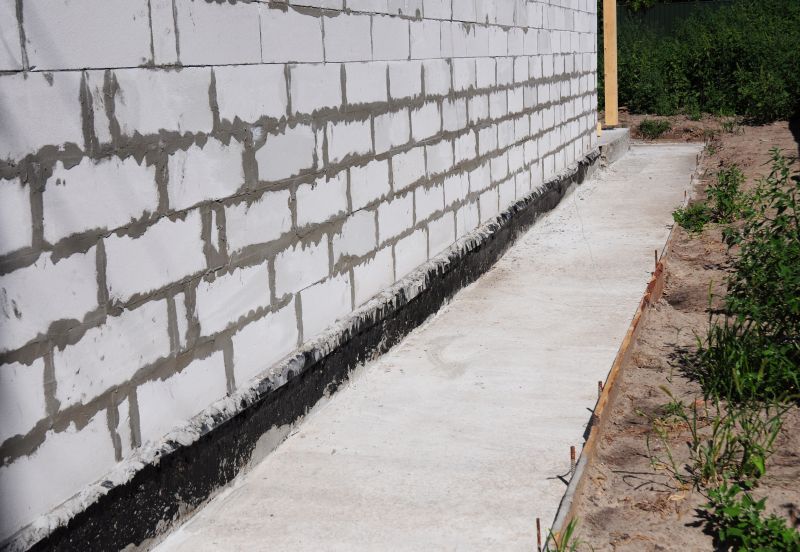
Rough timing from prep to clean-up for Foundation Repairs.
Understanding the different types of foundation issues and repair methods is crucial for selecting the appropriate timing and approach. Whether addressing cracks, settling, or shifting, timely repairs can restore stability and prevent further deterioration. Regular inspections can help identify problems early, enabling more straightforward and cost-effective solutions.
Early detection of cracks and settlement signs can guide the timing of repairs to prevent worsening damage.
Piering is effective for lifting and stabilizing settled foundations, best performed during stable weather conditions.
Stabilization methods are suited for addressing uneven slabs and require dry conditions for optimal results.
Filling out a contact form can provide more tailored information about the best timing for foundation repairs. Professional assessments consider local conditions and specific property needs to recommend the most effective schedule for repairs.

